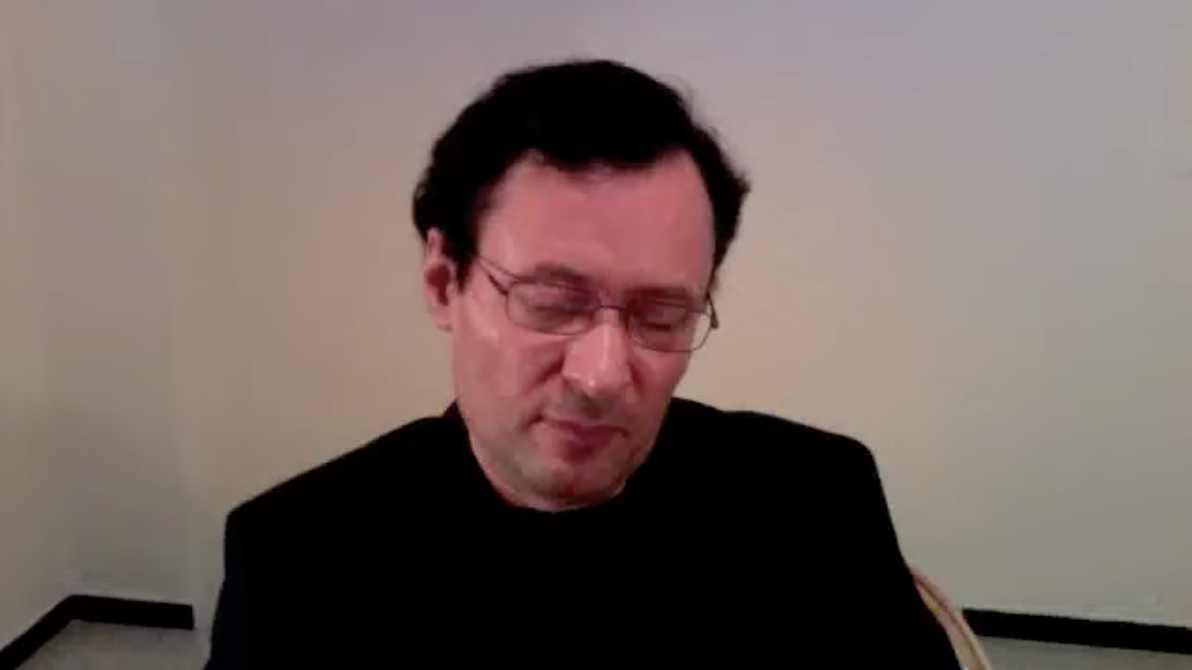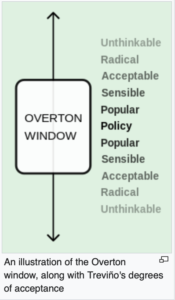“Everybody should know, then, that to step into the office of a psychotherapist, regardless of the latter’s persuasion, is to enter a world where great harm is possible.”
—Jeffrey Masson, Against Therapy, page 298.
“Everybody should know, then, that to step into the office of a psychotherapist, regardless of the latter’s persuasion, is to enter a world where great harm is possible.”
—Jeffrey Masson, Against Therapy, page 298.
For the first time in the sixteen-year history of this blog, I dare to show my adult portrait. The reason is that Benjamin is doing me the great favour of adding English subtitles to some videos I recorded in Spain, in 2009.
It’s appropriate to add subtitles to this series of thirty videos because they summarize the tragedy of my teenage life: a taboo subject in a society that, even though secularized, still adheres to the Judeo-Christian commandment to honour one’s parent; to the point of absolutely forbidding, through the so-called mental health professions, to even imagine the possibility that parental abuse could cause a mental disorder in a child.
In the description below the YouTube video I uploaded yesterday, I’ve included links to my trilogy in Spanish and to the first chapter of Hojas Susurrantes, which is already available in English in print. The second chapter will soon be available in print in English, although some pages from it were published on Thursday in The Occidental Observer (TOO): my criticism of Sigmund Freud.
Once the upload of all thirty videos with English subtitles is complete, it will be clear that my exposé of Freud in TOO wasn’t capricious (remember that Kevin MacDonald also has a very critical chapter on Freud in his most influential book, The Culture of Critique). As I explain in the video linked above, a follower of Freud, the psychoanalyst Giuseppe Amara, contributed to destroying my teenage life. (In the TOO article, Amara’s name is linked to a Wikipedia article because this analyst was a notable figure in the country where I was born.)

César Tort at 50 years old in Gran Canaria, Spain.
As far as my appearance is concerned, I have never said that I am Aryan; although, since I live in Mexico, to Mexicans (most of whom are dark-skinned) I am a sort of castizo. But you don’t need to be a pure Aryan to be a priest of the 14 words.
Since The West’s Darkest Hour also promotes the 4 words, “eliminate all unnecessary suffering,” I hope visitors to this site will appreciate Benjamin’s hard work (he was also abused by his father and psychiatrists as a teenager) as we upload the subtitled video series I originally recorded in Spain without subtitles: just me speaking in Spanish.
Incidentally, when I filmed that series, I hadn’t yet discovered the forums of white nationalism: which I would discover that same year, also in Gran Canaria!
“My honour is my loyalty.”
Heinrich Himmler formulated this as the watchword of the Schultzstaffel (SS), an organisation that eventually became a vast organisation ranging from the staff of the concentration camps to the Gestapo and SD, to the Waffen-SS and Hitler’s personal soldiers. Above all else, Himmler and the rest of the NS leadership stressed the importance of loyalty to the Reich and the Führer.
It’s well worth listening to what this pair of American Jews, now living in Israel, have to say about Nick Fuentes.
Not only has Ben Smith—a Jewish man living in the US with a considerable YouTube audience—been saying that Fuentes expanded the Overton Window to incredible levels, but now two kikes are saying the same thing in the country where all Western Jews should be deported!
That’s what makes the video worthwhile. Their lack of insight due to this pair’s fundamentalist narcissism—for example, their failure to recognise the genocide in Gaza—is secondary from our perspective. For a Jungian psychologist, what really matters is that the Aryan collective unconscious is beginning to awaken after eighty years of a profound slumber…
 The videos I recently embedded about Snow White and Hansel and Gretel—and I’ll embed more about other stories—make me think.
The videos I recently embedded about Snow White and Hansel and Gretel—and I’ll embed more about other stories—make me think.
One of the reasons I don’t belong to Men Going Their Own Way (MGTOW), even though I’ve been an incel my whole life, is because it’s made up of effeminate men. Real men try to take power to win back their white women by changing the treacherous laws (like Nick Fuentes advises his Groypers to infiltrate institutions, or like I advise them to read The Turner Diaries).
Something similar could be said about child abuse. One baby step toward solving the problem is to point out that the tales of the Brothers Grimm and Charles Perrault contain great wisdom on the subject, but were censored by changing the original word “mother” to “stepmother” due to the Christian commandment to honour our parents (Greek tragedies, written before the Christian upheaval, depicted horrible mothers without needing to transfer their image to a stepmother).
The pages from my autobiographical book, Hojas Susurrantes, published yesterday in The Occidental Observer, are just the tip of the iceberg of the problem (the “mental health” professions actually side with the perpetrators). These devouring mothers continue to exist today. As I confess in one part of my trilogy, after reading my Letter to mom Medusa a female friend told me that, although infanticide is no longer practised in the West, parents are still allowed to murder the souls of their children (producing broken minds, so-called “schizophrenias,” etc.).
This topic clearly relates to the sacred words, not just the four, but all fourteen. I’ve already mentioned that William Pierce’s problems with his son, Don Black’s with his, and even David Irving’s with his daughter who developed schizophrenia, are—my educated guess—related to having mistreated their children. We can only imagine what would have happened without that mistreatment! Instead of betraying the cause, Pierce’s and Black’s sons, for example, could now be a great force for good; and Irving’s daughter would be alive and able to help safeguard her father’s legacy.
The psychological devastation caused by parental abuse is an infinitely more taboo subject than the most radical racism. The US, for example, allowed George Lincoln Rockwell to flourish (one of his own group assassinated him). This doesn’t happen with the trauma model of mental disorders. There isn’t a single academic department in the world that addresses this topic! That’s why I believe I must continue translating my trilogy.
Ultimately, the goal of this site is to show that the four words are the other side of the fourteen. For example, our friend Tyrone Joseph Walsh, who used to comment here, is now in a UK prison. Before his sentencing, when he wasn’t yet incarcerated, I suggested he flee to Mexico. He refused because Joseph idealised Charles Manson and others who had been imprisoned (Manson was also horribly abused by his mother as a child).
If our friend had written a trilogy like mine, he would be free now (it’s easier to damage the System from outside prison than from inside). The fact is, Joseph didn’t internally process the damage inflicted on him at home when he was a teenager.
Children’s fairy tales, once a literary detective discovers they were altered due to the Fourth Commandment, are very wise. They are a coded language of what I now write in a way that is more understandable to our time. But I seriously doubt that the readers of The Occidental Observer, who are now reading those few pages of my Hojas Susurrantes, can conceive of the size of the iceberg that lies beneath such a small ridge of ice.
This topic is related to my work in Spanish, which deals precisely with parents who devour the souls of their children.
 The English translation of some pages from my book Hojas Susurrantes, very critical of an influential Jew, Sigmund Freud, has just been published in The Occidental Observer (here).
The English translation of some pages from my book Hojas Susurrantes, very critical of an influential Jew, Sigmund Freud, has just been published in The Occidental Observer (here).
who serves our cause!
In sharp contrast to the first ten minutes, the end of the video shows some awful anti-music played by niggers. This said, I love that the ZOG concept is becoming mainstream! Without realising it, this black lady is helping our cause. As I said in previous days regarding edgy podcasters, what we need now is for at least one Groyper to read a Hellstorm review as a prelude to drinking from this site’s wellspring.
In the video above, it’s clear how even Gentiles in the US Congress are guilty of the excessive empowerment of Jews. Sooner or later, racialists will have to confront the CQ. Sooner or later, the ideas of The West’s Darkest Hour (21st Century NS) will have to sink into the collective unconscious of the Aryan.
The true story
Wow. What a find. I’ve always thought that fairy tales reflect realities that illustrate what I want to say in my trilogy of books I’m translating into English—and look what I found today!
In the real Middle Ages, not in fairy tales, some mothers—who we would now say suffered from malignant narcissism—killed their most beautiful daughters for reasons of power, if we understand the dynamics of the noble classes. (I couldn’t help but think of the infanticide campaign that my mother subtly unleashed during my puberty and that virulently culminated in my adolescence. But that’s another story.)
window
 See YouTube
See YouTube
clip here.